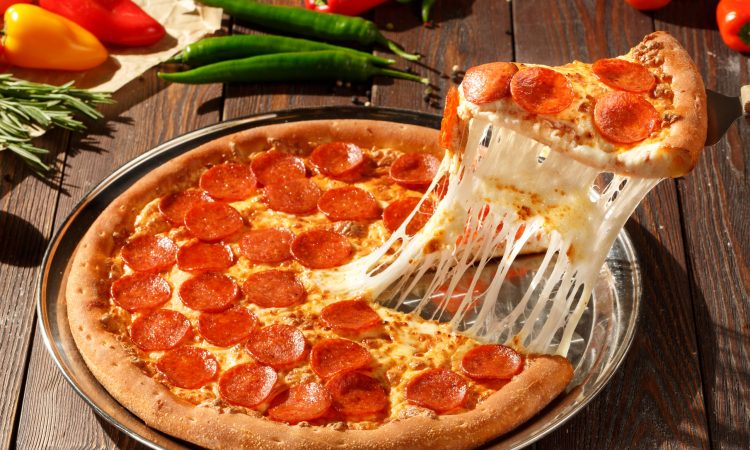
The tasty spreadable cheese could now even be produced without the help of cows, following the development of yeast strains that produce essential milk proteins.
The key to this development, carried out by the Israeli company DairyX, is the production of casein proteins capable of self-assembling into small balls that give ordinary cheese its elasticity.
Plant-based cheeses already on the market often fail to deliver the textures that dairy lovers appreciate, and the company believes it is the first to announce that it has made this discovery, according to .
Dairy and meat alternatives, increasingly in demand
Cattle have a major impact on the climate due to the methane gas they produce, pollution and the destruction of nature associated with global industry. The development of low-impact alternatives to dairy products and meat has accelerated in recent years, with meat production increasingly present in consumer choices.
DairyX’s approach is a third way – precision fermentation. DairyX is currently expanding its business and plans to obtain the necessary approval so that all consumers can buy the product from 2027.
If successful, caseins could be used by cheese and yogurt makers to replace , without changes to equipment or ingredients.
“People have been trying to eliminate the cow from dairy production since the 1970s”
“People have been trying to eliminate the cow from dairy production since the late 1970s,” said Dr. Arik Ryvkin, founder and CEO of DairyX.
Ryvkin previously followed for 10 years, but became frustrated with the inability to include good cheese in what he ate: “So I cheated, and then I decided to solve the problem for everyone.”
Many existing plant-based dairy products use additives such as stabilizers, emulsifiers and thickeners, but still do not fully replicate the elasticity of regular dairy products. DairyX used modified yeast strains to produce casein, which is genetically identical to the proteins in dairy products. But to get these proteins to self-assemble into tiny balls—called micelles—he also had to perfect the addition of other attachment molecules that determine the protein’s properties.

